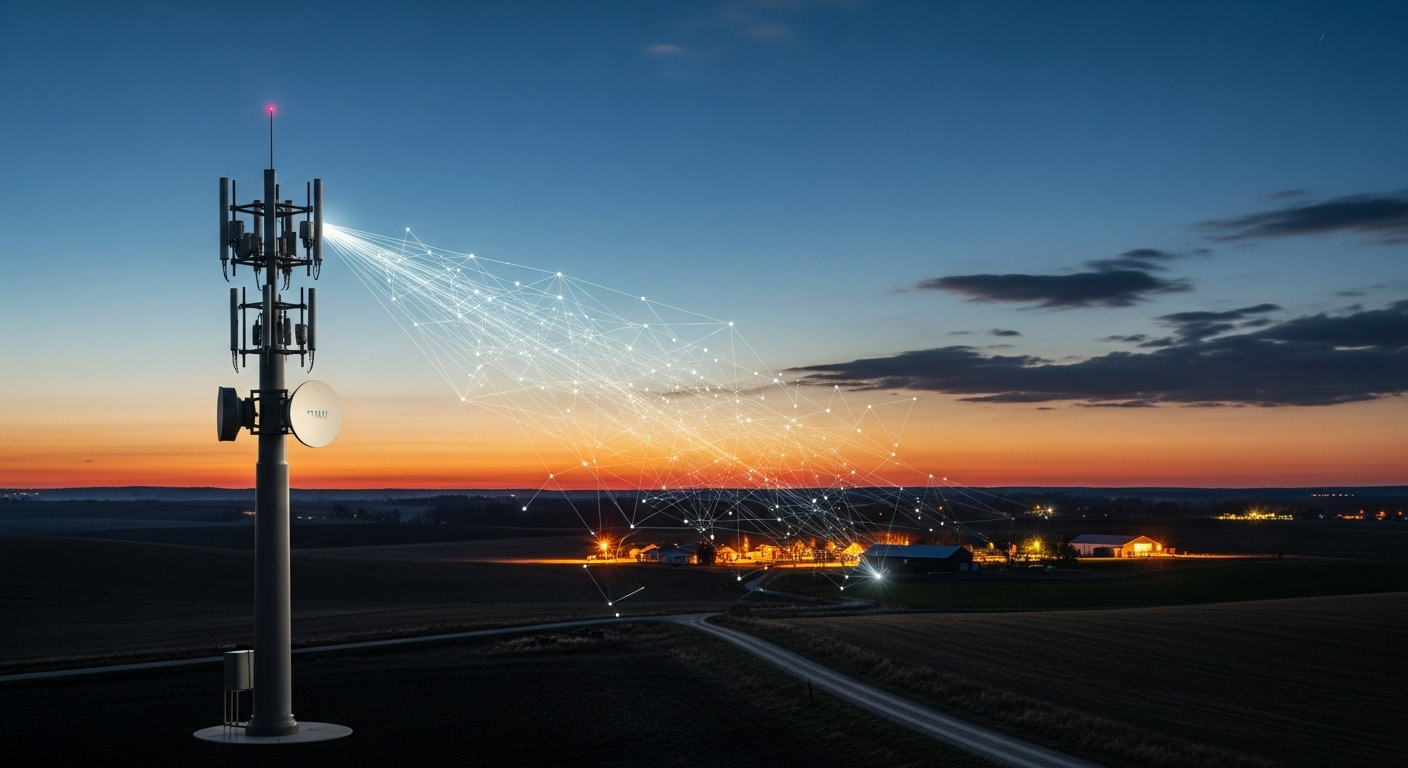Millimeter Wave Technology: Reshaping Wireless Communication
The future of wireless connectivity is on the cusp of a revolutionary shift, driven by the advent of millimeter wave (mmWave) technology. This cutting-edge innovation promises to redefine the boundaries of wireless communication, offering unprecedented speeds and capacity. As we stand at the threshold of this new era, it's crucial to understand the transformative potential of mmWave and its implications for our increasingly connected world.

The concept of using millimeter waves for communication isn’t new; it dates back to the early 20th century. However, technological limitations and the perceived challenges of working with such high frequencies kept mmWave on the sidelines of mainstream telecommunications for decades. Recent advancements in semiconductor technology, signal processing, and antenna design have finally made mmWave a viable option for widespread deployment.
Overcoming the Challenges of mmWave Implementation
While the potential of mmWave technology is immense, its implementation comes with a unique set of challenges. One of the primary obstacles is the limited range of mmWave signals. Due to their high frequency, these waves are easily absorbed by atmospheric gases, rain, and even foliage. This characteristic necessitates a denser network of base stations to ensure consistent coverage.
Another challenge is the need for line-of-sight transmission. Unlike lower frequency waves that can penetrate walls and other obstacles, mmWave signals are easily blocked. This limitation requires innovative network design and the strategic placement of small cells and repeaters to maintain connectivity in complex urban environments.
Researchers and engineers are actively developing solutions to these challenges. Beamforming technology, which focuses the signal in a specific direction rather than broadcasting it omnidirectionally, is one promising approach. This technique not only extends the range of mmWave signals but also improves their ability to penetrate obstacles.
The Promise of Ultra-High-Speed Connectivity
The most compelling aspect of mmWave technology is its potential to deliver unprecedented data speeds. Theoretical calculations suggest that mmWave networks could achieve speeds up to 100 times faster than current 4G LTE networks. This quantum leap in performance opens up a world of possibilities for bandwidth-intensive applications.
With mmWave, downloading a full-length HD movie could take mere seconds. Virtual and augmented reality applications, which require massive data throughput, could become seamlessly integrated into our daily lives. The technology also holds immense promise for industrial applications, enabling real-time control of complex machinery and facilitating the growth of smart factories.
Reshaping Urban Connectivity
The deployment of mmWave technology is set to transform urban connectivity landscapes. The high capacity and low latency of mmWave networks make them ideal for densely populated areas where demand for data is highest. This technology could alleviate network congestion in busy city centers, stadiums, and transportation hubs, providing consistent high-speed connectivity even in crowded environments.
Moreover, the compact nature of mmWave equipment allows for more discreet integration into urban infrastructure. Small cells and antennas can be easily mounted on existing structures like streetlights and building facades, minimizing visual impact while maximizing coverage.
The Broader Impact on Telecommunications
The advent of mmWave technology is not just about faster internet speeds; it represents a paradigm shift in how we approach wireless network design and deployment. The transition to mmWave will require significant investments in infrastructure and a reimagining of network architectures.
For telecom operators, mmWave presents both challenges and opportunities. While the initial costs of deployment may be high, the technology offers the potential for new revenue streams through enhanced services and applications. It also provides a pathway to more efficient spectrum utilization, allowing operators to meet the ever-growing demand for data without relying solely on traditional frequency bands.
Looking Ahead: The Future of mmWave
As mmWave technology matures, we can expect to see its integration into a wide range of applications beyond personal communication devices. The automotive industry, for instance, is exploring mmWave for high-bandwidth vehicle-to-vehicle and vehicle-to-infrastructure communication, crucial for the development of autonomous driving systems.
In the realm of fixed wireless access, mmWave could provide a cost-effective alternative to fiber optic cables for last-mile connectivity, potentially bridging the digital divide in underserved areas.
The journey of mmWave technology from concept to reality is a testament to human ingenuity and the relentless pursuit of faster, more efficient communication. As we stand on the brink of this new era in wireless technology, it’s clear that mmWave will play a pivotal role in shaping our connected future, enabling innovations we have yet to imagine.





